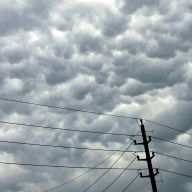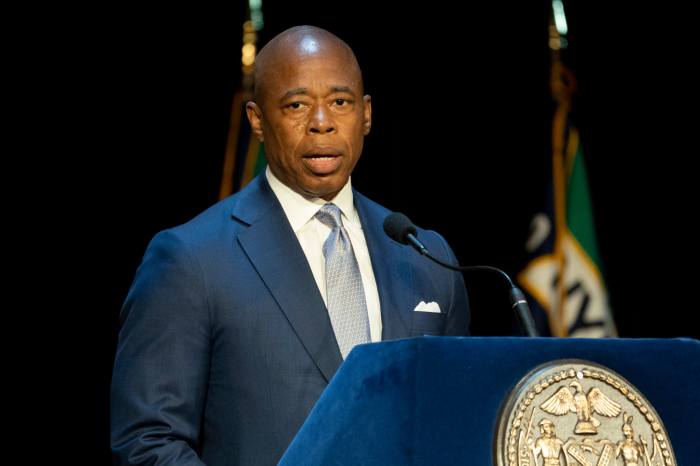TORONTO – Wilderness photography buff Andrew Kalinowski says his GPS device has got him out of many a jam on logging roads in northern Ontario forests.
The global positioning system finds his exact location, so he can easily find a way out.
“I’d say the GPS saves me from getting lost every year,” he said.
But for every story of GPS salvation, there’s one about a driver being led to a “shortcut” through what ends up being a junkyard instead of a road.
And as happy as Kalinowski is with such devices, he said they have sometimes led him to unpaved or closed roads, mostly up north.
“It tries to lead me, usually a very good way. But I know a shorter way, often, and I know … a faster way because I have local knowledge,” the Mississauga, Ont. man said.
Many drivers admit to a love-hate relationship with those little black GPS boxes, which can be a lifeline one minute and a disorienting nuisance the next.
This became evident in the last week, when at least two bus drivers got lost while using GPS devices, one with fatal results.
Police in New York state say the driver of a Toronto-bound bus was distracted by a GPS device when he drove into a low-hanging bridge off the regular route, killing four passengers.
Later, a group of Edmonton high school students were stranded for 14 hours on Vancouver Island, encountering washed-out roads after their bus driver followed a route suggested by a GPS device.
GPS experts say that although the gadgets make travelling easier, they can never replace human brains, so users should always bring backup paper maps, and a cellphone to call for help if needed.
University of Calgary geomatic engineering professor Gerard Lachapelle said the devices tend to work well in cities, but their directions can get spotty in rural areas.
The problems are not due to poor satellite reception, as many believe, but with the accuracy of maps.
“The GPS is a worldwide system, and it does work extremely well from the north pole to the south pole, but in many of those regions of course, the issue would be roads,” he said.
“It may not have been well mapped, or it may not have been well digitized by the map provider. So in those regions … one has to ensure that the map coverage is indeed representative for area roads.”
Navteq, a company that provides maps to GPS makers and cellphone companies, said it gets information from sending employees to drive roads daily, looking at satellite images, and talking with governments about planned road building.
Spokeswoman Cindy Paulauskas said tracking new road construction in cities is fairly easy, but updates in remote areas are a challenge.
“You can imagine how much more expensive it is and time consuming to update the rural areas on a per-population basis, than if you’re updating downtown Montreal where there’s lots of people, so by driving one city block you’re effecting change that lots of people get to take advantage of,” she said.
She said the company chooses which regions to update based on the last time it visited and whether it has received tips from locals about construction.
Garmin brand GPS users can report any changes to roads in their area by visitinghttp://mapreporter.navteq.com. TomTom brand GPS devices provide an error reporting feature in the unit. Owners of other brands need to check with each manufacturer about reporting discrepancies.
But despite best efforts, sometimes a GPS device will tell a user to take a roundabout route that adds a lot more time or distance to a trip than necessary.
Lachapelle said that happens because software and mathematical formulas that choose the ideal route vary from brand to brand.
He said when something is obviously amiss, people should never venture out onto the road, but instead turn back.
Kalinowski, the photographer, suggests buying a device that saves the route recently taken, so drivers can backtrack if they get into trouble.
“But I try not to get into that situation, by using brains,” he said.
Lachapelle said ways to avoid those sticky situations include checking with the manufacturer, store, and web reviews to see whether the device has adequate maps for the area where it will be most frequently used.
And he said maps should always be up to date. Depending on the GPS manufacturer, users can download or purchase new maps as often as every three months.
And if you’re already lost, treat your GPS as you would paper maps by keeping your eyes on the road and not the device, said Ian Jack of the Canadian Automobile Association.
“If you’re getting the sense that you’re lost, you’re already confused,” he said.
“So that’s probably the worst time to add to that confusion by trying to fiddle with the GPS as you’re going.”
















